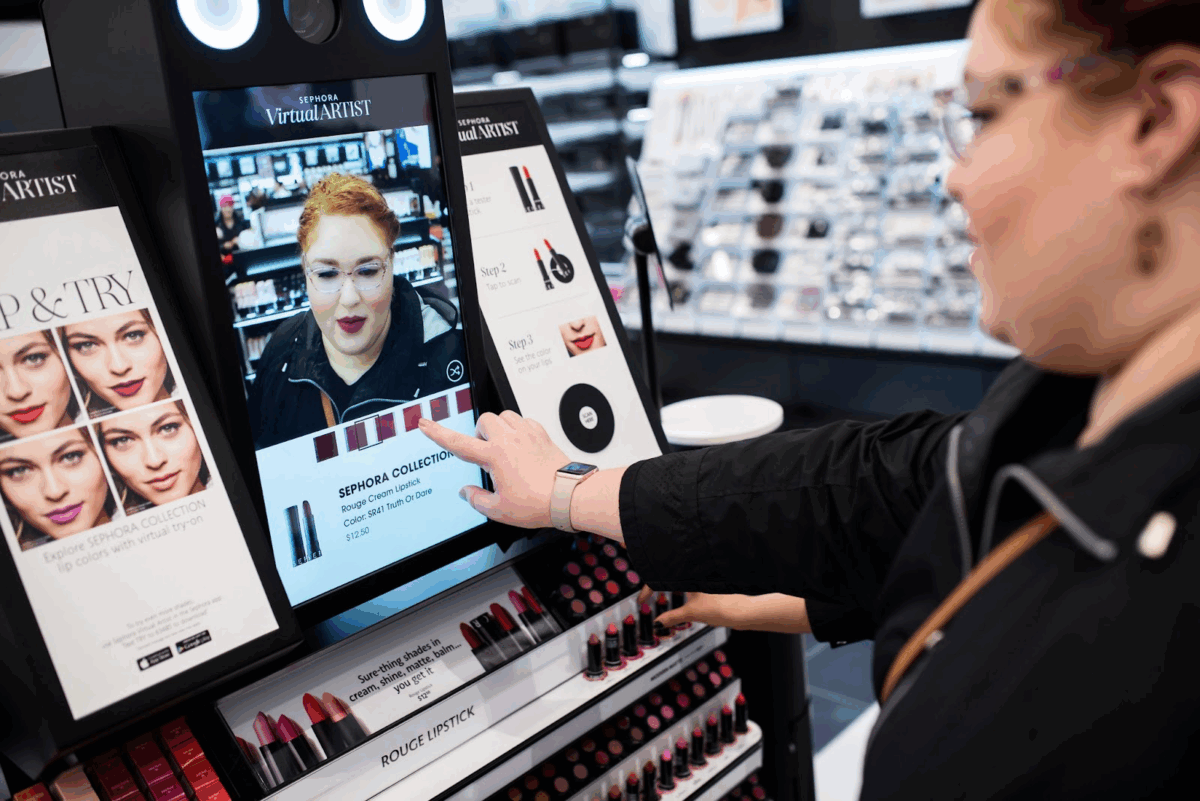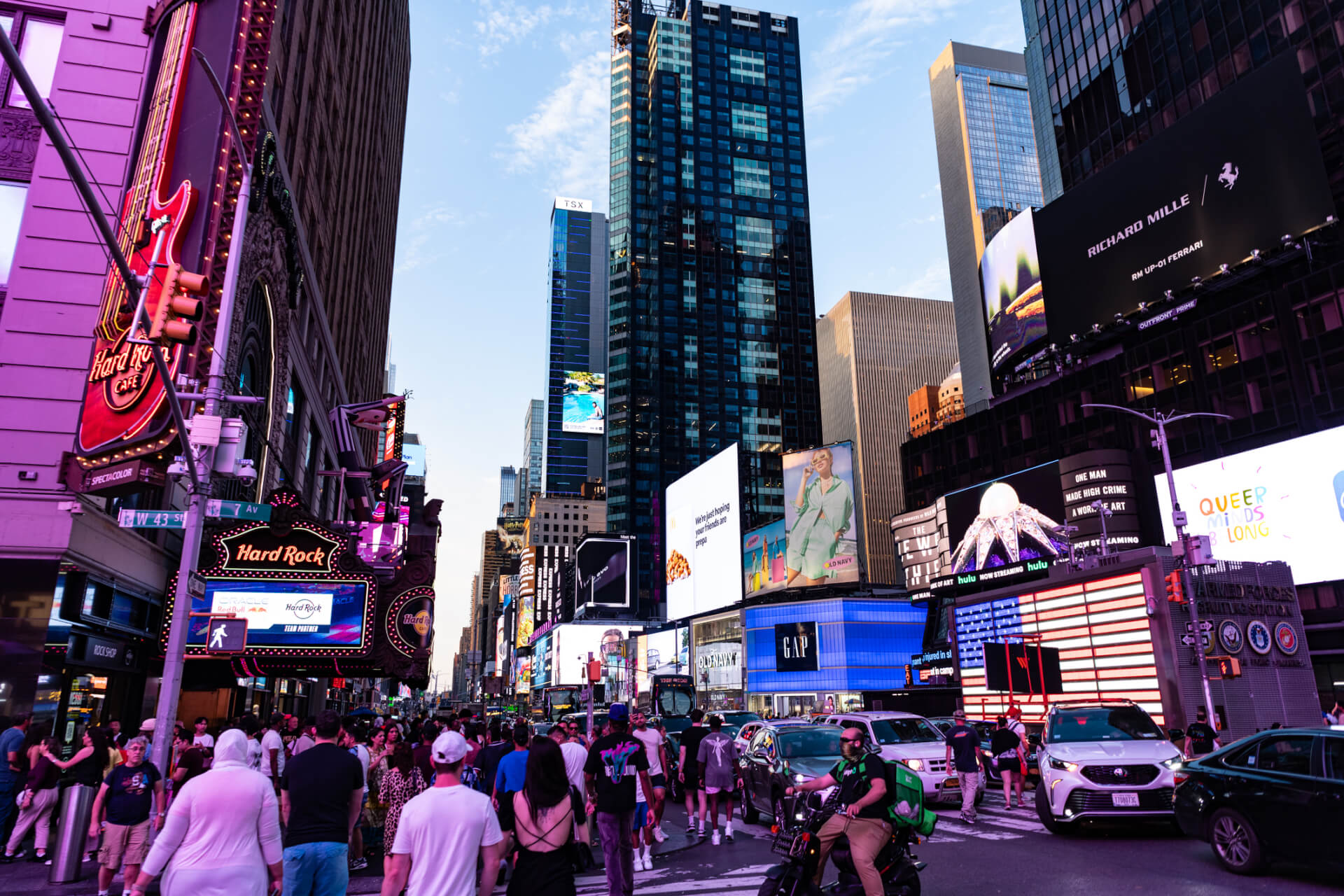| October 11, 2021
Attribution in DOOH advertising: Your questions answered
Attribution is a powerful tool for marketers, but when it comes to digital out-of-home (DOOH) advertising, it’s often misunderstood and underestimated. While some advertisers believe DOOH is difficult to measure, advancements in attribution have made it easier than ever to track campaign impact.
To demystify the process and offer practical insights, we sat down with Ryan Pogy, Director of Data Partnerships at Broadsign, to answer some of the most common questions about measuring DOOH effectiveness.
What are the main challenges in DOOH attribution, and how can advertisers overcome them?
One of the unique strengths of DOOH is the variety of ways in which a message can reach an audience, which calls for a more nuanced approach to measurement.
One of the main challenges we face is the fragmentation of DOOH media owners. Each network has its own standards and measurement methods, which makes it difficult to have a unified view of campaign performance across different environments. Another challenge is privacy compliance, particularly in regions governed by laws like GDPR. Advertisers need to ensure they’re using data responsibly and adhering to regulations.
To overcome these challenges, leveraging unified global measurement platforms is key. This is where working with the right data partners becomes crucial—partners who specialize in pulling data together from disparate sources, all while ensuring compliance with privacy laws.
What strategies are most effective for measuring DOOH performance?
There are several strategies that advertisers can employ to measure the effectiveness of their DOOH campaigns, depending on their goals. But I’ll touch on the three most popular:
- Brand Lift Studies: This study measures the impact of your campaign on brand metrics like brand image, preference and consideration.
- Foot Traffic Analysis: Mobile location data can be used to track the number of people who visit a store after seeing a DOOH ad. These studies are particularly useful for retail campaigns aiming to drive in-store customers.
- Web & App Lift Studies: These studies track online actions like website visits, sign-ups, or app downloads that happen after someone is exposed to a DOOH ad.
Some advertisers prefer to combine these methods to get a more comprehensive view of their campaign performance and better optimize their strategies for future campaigns. For example, we ran a campaign with Holt Renfrew, which combined a brand lift study and a foot traffic study. The results covered everything from top-funnel metrics like a 600% uplift in brand preference to successfully driving 400k store visits.
How can insights from Brand Lift Studies be used to optimize future campaigns?
Brand Lift Studies provide invaluable insights into how your campaign impacts brand metrics like awareness, consideration, and preference. They allow advertisers to quantify the impact of their campaigns and understand what messaging resonates with their target audience.
One of the main benefits is the ability to benchmark your performance. You can compare your results against averages in your industry and use that data to adjust your strategy for future campaigns. For example, if a particular message drove higher brand consideration, you might want to double down on that type of creative for the next campaign. Advertisers with global campaigns may also run a brand lift study in each of the markets where the campaign ran to glean market-specific insights and build their own internal benchmarks.
“Attribution is an evolving field, and staying informed about new tools and methodologies is crucial for staying competitive in today’s market. The more we innovate in DOOH measurement, the better we can justify media spend and optimize campaign performance.”
Ryan Pogy, Director of Data Partnerships at Broadsign
When measuring DOOH as part of an omnichannel campaign, how can advertisers bridge the gap between offline and online media?
Even though out-of-home (OOH) advertising takes place in the physical world, the gap between offline and online channels can be bridged by leveraging location-based play log data, which tracks when and where ads are displayed to create a detailed log of ad exposure. This data can be further enriched by integrating mobile exposure data, allowing for tracking of mobile devices that come into contact with DOOH ads. Such integration links an ad’s offline display with the digital behaviors of consumers, providing insights into how DOOH influences actions like website visits, app downloads, and even in-store visits.
By combining these offline and online data sources, advertisers can achieve a level of measurement granularity comparable to digital media, allowing them to measure and validate the impact of DOOH with the same confidence they expect from channels like social media or display ads. This approach makes DOOH attribution and optimization more actionable and data-driven.
How can device ID passbacks enhance attribution for DOOH campaigns?
Device ID passback is a powerful tool for enhancing attribution in DOOH. It allows advertisers to link ad exposure to specific customer actions, providing deeper insights into how audiences interact with ads.
Here’s how it works: device IDs are captured when mobile devices come within a specific range of DOOH ads. These IDs are then passed back to your other digital platforms, allowing for retargeting across online channels like social media or apps.
This method offers several benefits. It provides deeper insights into audience behaviour, enabling more precise retargeting and improving overall campaign performance. Passbacks also allow for more accurate cross-channel attribution, helping advertisers understand how DOOH exposure drives online and offline conversions.
What are common pitfalls to avoid when implementing DOOH attribution strategies?
A common pitfall in DOOH attribution is relying on poor-quality data. Not all data sources are created equal, so it’s essential to work with trusted partners who can deliver accurate, reliable data. While data capabilities in DOOH have come a long way, the effectiveness of attribution depends on the quality of the data used.
Another key factor is achieving a consistent, comprehensive view of campaign timing and venue logistics. Effective DOOH attribution requires tools that can adapt to the unique characteristics of different venue types, from large-format displays like billboards to smaller screens in office buildings or residential spaces. The volume and density of signals vary across locations, so it’s important to select tools that can adjust for these variations to ensure accurate, actionable insights.
Finally, many advertisers make the mistake of not acting on the insights gained from attribution studies. Data is only useful if it leads to action. I’ve seen campaigns that initially struggled because the advertiser didn’t adjust based on early attribution data. Once they adapted their strategy, their results improved significantly.
DOOH attribution has advanced significantly, offering advertisers the tools to confidently track and optimize campaign performance across the customer journey. Whether you’re building brand awareness with brand lift studies, driving foot traffic, or boosting conversions with device ID passbacks, aligning your attribution methods with your specific goals is key. As Ryan emphasized, understanding the impact of your DOOH efforts is crucial for making data-driven decisions and refining your strategy in real-time. With the right measurement solutions, advertisers can unlock deeper insights and achieve better results with their DOOH campaigns.







